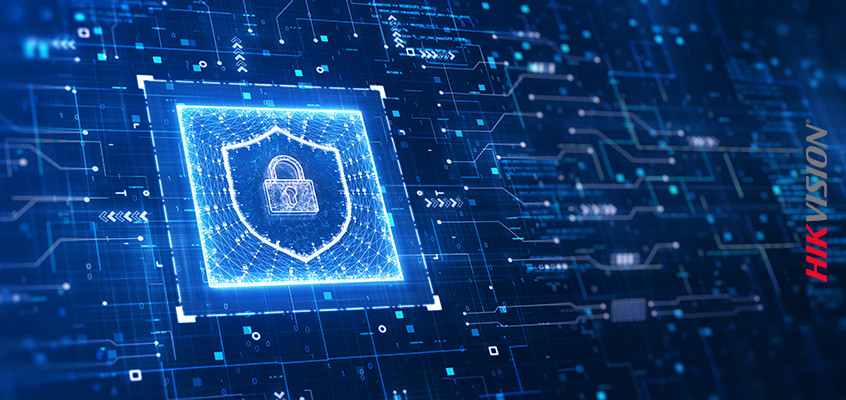Common Types of Malware and Tips to Prevent Your Organization from Attacks

Malware is malicious software deployed to wreak havoc on an organization or individual. It is usually found in email attachments, embedded in fraudulent links, hidden in advertisements, or hidden on website pages on the Internet. The goal of malware is to harm or exploits computers, networks, and information leading to stolen data or money. According to Arctic Wolf, malware may be the biggest threat to your organization, and if successful, can lead to lost revenue, downtime, and other costly consequences.
There are warning signs to look for to figure out if your computer might be infected with malware. This includes a frozen computer screen, pop-up advertisements appearing out of nowhere, and a web browser that redirects you to other unknown websites. The most common types of malware are ransomware, a trojan horse, and botnets. Other types of malware include adware, viruses, worms, spyware, and more.
Hikvision wants to keep your and your organization safe from malware attacks and keep you up to date on the latest tops to prevent malware. Hikvision’s Vice President of Global Information Security, Chuck Davis, has provided 5 tips to prevent malware.
- Use firewalls and firebreaks (network segmentation): Place devices behind firewalls to protect them from untrusted networks, such as the Internet. And use network segmentation.
- Protect your computer from vulnerabilities: Clean up your computer by removing old software programs no longer in use, and make sure to install patches regularly. Updating firmware safeguards equipment by patching known vulnerabilities. Hikvision provides firmware update information on its website, linked here.
- Reset default passwords and make them complex: Users should be required to change any default password to one with at least eight characters, and at least one of each of the following: numbers, special characters, and uppercase and lowercase letters. Ideally, a password should be at least 12 characters and not be used anywhere else. To manage all your complex, unique passwords, use a password manager.
- Manage your router: It’s recommended that everyone reboot all home routers and small office routers. Click here for more tips on how to set up your router.
- Run active scans and updates: When a computer notifies you of an available update, run it immediately. In addition, you can actively run malware and vulnerability scans for network devices. Backup your data so that if you do get infected with malware, you can re-install your data and the operating system.
Learn more about malware and other types of cybersecurity information in Hikvision’s online cybersecurity center today.
